Home>Furniture>Outdoor Furniture>How To Keep Cats Off My Patio
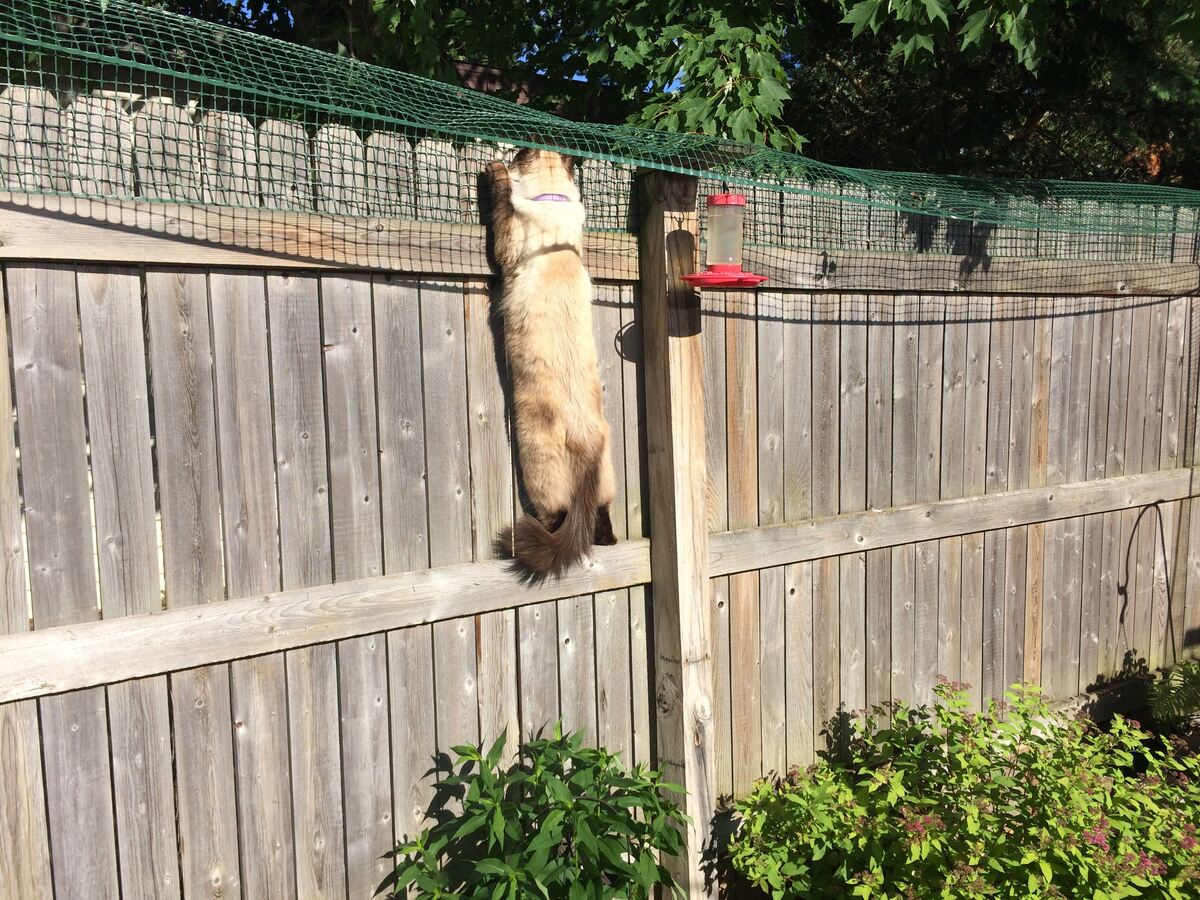

Outdoor Furniture
How To Keep Cats Off My Patio
Modified: March 7, 2024
Learn effective strategies to keep cats off your patio and protect your outdoor furniture. Safeguard your space with these proven methods.
(Many of the links in this article redirect to a specific reviewed product. Your purchase of these products through affiliate links helps to generate commission for Storables.com, at no extra cost. Learn more)
Introduction
Welcome to your ultimate guide on how to keep cats off your patio. As an outdoor furniture enthusiast, you understand the joy and relaxation that comes with spending time on your patio. However, if cats continuously invade your outdoor space, leaving behind fur, soil, and the occasional unwanted “gift,” it can be frustrating and inconvenient.
While cats are lovely creatures, they are also curious by nature and can be attracted to each new environment they encounter. The combination of soft surfaces, comfortable furniture, and potentially enticing smells can make your patio a prime target for feline visitors.
But fear not! There are several effective methods you can employ to deter cats from invading your cherished outdoor space and ensure a clean and serene patio experience. By creating physical barriers, utilizing cat repellents, incorporating scents that cats dislike, providing alternative outdoor spaces, installing motion-activated sprinklers or alarms, utilizing noise deterrents, and regularly cleaning and removing cat attractants, you can reclaim your patio as a cat-free zone.
In this article, we will delve deeper into each method and explore practical tips and tricks to keep cats off your patio. Whether you have your eye on a brand new outdoor furniture set or simply want to enjoy a quiet afternoon in the sun without any feline interruptions, we’ve got you covered.
Now, let’s dive in and discover how to protect your patio from unwanted feline visitors!
Key Takeaways:
- Keep cats off your patio by using physical barriers, repellents, and scents they dislike. Provide alternative outdoor spaces for cats and regularly clean to deter them effectively.
- Motion-activated sprinklers, alarms, and noise deterrents can startle cats and keep them away from your patio. Combine methods for a cat-free outdoor oasis.
Read more: How To Keep Cats Off My Porch
Understanding Why Cats are Attracted to Patios
Before we delve into the methods of keeping cats off your patio, it’s important to understand why they are drawn to this outdoor space. Cats are naturally curious and enjoy exploring new environments. Here are a few reasons why your patio may be a magnet for feline visitors:
- Comfortable Surfaces: Cats are attracted to soft and comfortable surfaces, and your patio furniture provides the perfect lounging spot. The cushions, blankets, and cozy corners of your outdoor seating may be irresistible to cats seeking a comfortable rest.
- Warmth and Sunlight: Like humans, cats enjoy basking in the sun and soaking up warmth. Your patio is a prime location for sun exposure, making it an appealing spot for cats to lounge and enjoy the heat.
- Smells and Scents: Cats have a heightened sense of smell, and your patio may be filled with enticing aromas. Whether it’s the smell of food, plants, or other animals, these scents may attract cats to investigate your outdoor space.
- Accessible Food and Water: If you often dine or snack on your patio, food remnants and the scent of leftovers can be a big attraction for cats. Additionally, if you have water features or open containers of water, it may provide a convenient drinking spot for feline visitors.
- Territorial Marking: Cats are naturally territorial animals and may mark their territory by urinating or spraying on objects, including patio furniture. Once a cat has marked a specific area, it may continue to return to it, making your patio a recurring target.
- Shelter and Hideouts: Your patio may offer hiding spots and shelter for cats, especially if you have potted plants, bushes, or nooks where they can seek refuge from the elements or potential predators.
Understanding these factors can help you identify the potential attractants and focus on implementing effective strategies to deter cats from invading your patio. By addressing these underlying reasons, you can create an environment that is less appealing and more discouraging for feline visitors.
Methods for Keeping Cats Off Your Patio
Now that we have a better understanding of why cats are attracted to patios, let’s explore effective methods for keeping them off your outdoor space. By implementing these strategies, you can create a cat-free zone and enjoy your patio without any interruptions. Here are seven methods to consider:
- Create Physical Barriers: One of the most effective ways to keep cats off your patio is by creating physical barriers. Install a fence or use netting to enclose your patio area, preventing cats from entering. Make sure the barriers are tall enough to discourage jumping or climbing over.
- Use Cat Repellents: Cat repellents are specially formulated products designed to deter cats from specific areas. These repellents often contain natural ingredients such as citrus, vinegar, or herbs that cats find unpleasant. Spray or sprinkle the repellent around your patio perimeter or on specific areas you want to protect.
- Utilize Scents That Cats Dislike: Cats have scent preferences, and there are certain smells they find unappealing. Consider using scents such as citrus, lavender, or peppermint around your patio to deter cats. You can use essential oils, citrus peels, or commercially available cat deterrent sprays.
- Provide Alternative Outdoor Spaces for Cats: Cats are highly territorial, and if they feel they have a designated outdoor space of their own, they may be less likely to invade your patio. Set up a separate area in your yard with comfortable bedding, scratching posts, and toys to entice cats away from your patio.
- Install Motion-Activated Sprinklers or Alarms: Motion-activated sprinklers or alarms can startle cats and deter them from approaching your patio. The sudden burst of water or loud noise acts as a deterrent and teaches cats to avoid your outdoor space. Place these devices strategically around your patio perimeter.
- Incorporate Noise Deterrents: Cats are sensitive to loud or unexpected noises. Consider utilizing noise deterrents such as wind chimes, ultrasonic devices, or motion-activated noisemakers near your patio. The sudden sounds and vibrations will discourage cats from lingering in the area.
- Regularly Clean and Remove Cat Attractants: Cats are more likely to visit and mark their territory if they sense the presence of other cats. Regularly clean your patio, removing any urine, feces, or sprayed markings. Additionally, remove any leftover food, water bowls, or other items that may attract cats.
By combining these methods and finding the right blend of deterrents for your specific situation, you can successfully keep cats off your patio. It may take some trial and error to find the most effective approach, but with persistence, you can create a cat-free outdoor oasis.
Create Physical Barriers
Creating physical barriers is one of the most effective methods for keeping cats off your patio. By installing a fence or using netting, you can create a boundary that prevents cats from entering your outdoor space. Here are some tips to consider when creating physical barriers:
- Fence Height: Make sure the fence is tall enough to deter cats from jumping or climbing over. A fence with a height of at least six feet is generally sufficient to keep most cats out.
- Materials: Choose materials that are sturdy and not easily climbable by cats. Avoid chain-link fences or fences with wide gaps, as cats can easily scale them. Opt for solid wood or vinyl fences that provide a smooth surface, making it difficult for cats to get a foothold.
- Consider Cat-Proof Netting: If you have an open patio or balcony, you can use cat-proof netting to enclose the area. Cat netting is designed with small gaps that cats can’t squeeze through, ensuring they stay safely outside the patio space.
- Secure the Base: Ensure the fence or netting is securely installed and extends all the way to the ground. Cats are agile climbers and can easily slip under gaps if not properly secured.
- Integrate Cat-Proof Gates: If your patio has an entry point, such as a gate, make sure it is cat-proof. Use gates with small gaps or install additional netting to prevent cats from squeezing through.
- Consider Aesthetics: While the primary goal is to keep cats out, you can choose fence materials or netting that blend well with the overall aesthetics of your patio. There are various designs available that offer both functionality and visual appeal.
By creating physical barriers, you establish a clear boundary that signals to cats that your patio is off-limits. This method is particularly effective if you have persistent or determined feline visitors. Remember to regularly inspect and maintain your barriers to ensure their effectiveness and longevity.
Use Cat Repellents
If you’re looking for a non-invasive yet effective way to keep cats off your patio, using cat repellents can be a great solution. Cat repellents are specifically designed products that discourage cats from entering certain areas. Here are some popular types of cat repellents and how to use them:
- Spray Repellents: Spray repellents are liquids that contain ingredients that cats find unpleasant. You can find commercially available cat repellent sprays at pet stores or make your own using natural ingredients like citrus, vinegar, or spices. Spray the repellent around your patio perimeter or on specific areas you want to protect. Reapply regularly, especially after rain or heavy watering.
- Ultrasonic Repellents: Ultrasonic repellents emit high-frequency sounds that cats find uncomfortable. They are usually battery-powered devices that detect motion and automatically activate. Place ultrasonic repellents strategically around your patio to create an invisible barrier. Keep in mind that these devices may also affect other animals or wildlife, so use them responsibly.
- Scatter Repellents: Scatter repellents are materials or substances that cats find unpleasant to walk on or touch. Examples include aluminum foil, plastic carpet runners with the nubby side up, or rough-textured materials. Place these repellents on your patio surfaces or on furniture where cats tend to linger. The uncomfortable texture will discourage them from staying.
- Electronic Repellents: Electronic cat repellents use a combination of noise, motion, or water to deter cats. They can be activated by motion sensors or timers and are effective in keeping cats away from your patio. Consider installing motion-activated sprinklers or alarms near your patio entry points or areas where cats frequently visit.
- Natural Repellents: Some scents are known to repel cats, and you can use them around your patio to discourage their presence. Cats dislike the smell of citrus, lavender, peppermint, or rue. Place citrus peels, cotton balls soaked in essential oils, or dried lavender around your patio to naturally repel cats.
When using cat repellents, it’s essential to follow the instructions provided and consider the safety of other animals or pets that may visit your patio. Test the repellents on a small area or use them in a controlled manner to ensure they are effective and safe for your specific environment.
Using cat repellents can be a humane and eco-friendly way to keep cats away from your patio. They provide a deterrent without causing harm to the animals, allowing you to enjoy your outdoor space without the hassle of unwanted feline visitors.
Read more: How To Keep Cats Off Your Patio Furniture
Utilize Scents That Cats Dislike
If you want to keep cats off your patio in a natural and non-intrusive way, utilizing scents that cats dislike can be an effective method. Cats have sensitive noses and are repelled by certain smells. By incorporating these scents around your patio, you can discourage cats from entering your outdoor space. Here are some scents that cats typically dislike:
- Citrus: Cats have a strong aversion to citrus smells, such as lemon, orange, or grapefruit. You can use citrus-scented essential oils, citrus peels, or citrus-scented candles to create a barrier around your patio. Place these items near entry points or areas where cats often frequent to deter them.
- Lavender: Lavender has a calming effect on humans but is disliked by cats. You can use lavender-scented candles, lavender essential oil, or dried lavender sachets to repel cats. Place them strategically around your patio to create a cat-repellent zone.
- Peppermint: Cats find the strong scent of peppermint overwhelming and unpleasant. Using peppermint essential oil or planting peppermint plants near your patio can deter cats from entering. However, be cautious with peppermint oil as it can be toxic to cats if ingested in large amounts.
- Rue: Rue, also known as “herb of grace,” is a powerful deterrent for cats. Its strong scent is highly disliked by felines. You can plant rue in pots or in your garden near your patio to create an unwelcome environment for cats.
- Vinegar: Cats have an aversion to vinegar due to its strong odor. Mix equal parts of white vinegar and water in a spray bottle, then spray it around your patio or on areas you want to protect. This natural cat repellent will help discourage cats from entering your outdoor space.
When utilizing scents that cats dislike, it’s important to consider the concentration and placement of these scents. Cats have sensitive noses, so a moderate but noticeable scent is usually sufficient to deter them. Experiment with different scents and monitor the cat activity on your patio to determine the most effective options for your specific situation.
Remember, while scents can be useful cat deterrents, some individuals may find them overpowering or unpleasant as well. Take into consideration the preferences of your household members and neighbors when implementing scent-based repellents.
Utilizing scents that cats dislike is a natural and eco-friendly way to keep them off your patio. With some experimentation, you can create an environment that is unappealing to cats while still enjoying the fresh and pleasant atmosphere of your outdoor space.
Place citrus peels or coffee grounds around the perimeter of the patio to deter cats, as they dislike the smell. You can also use a motion-activated sprinkler to startle them away.
Provide Alternative Outdoor Spaces for Cats
If you want to keep cats off your patio, providing alternative outdoor spaces specifically designed for cats is a proactive and humane approach. By offering designated areas for cats to explore and enjoy, you can redirect their attention away from your patio. Here are some tips for creating alternative outdoor spaces for cats:
- Designate a Cat-Friendly Area: Choose a space in your yard away from your patio where cats can safely roam and play. This area can include features such as scratching posts, climbing structures, and cozy bedding for lounging.
- Provide Shelter: Cats enjoy having a place to hide and seek shelter. Consider setting up cat-sized shelters or small outdoor cat houses in your designated area. These shelters can provide a sense of security and protection from the elements.
- Include Engaging Toys and Activities: Cats are naturally curious and need mental stimulation. Provide toys and activities such as interactive feeders, puzzle toys, and cat tunnels in the designated cat area. This will keep them entertained and engaged, reducing their desire to explore your patio.
- Make it Comfortable: Ensure that the alternative outdoor space for cats is comfortable by providing cushions or mats for lounging and relaxing. Consider using materials that are resistant to weather and easy to clean.
- Add Vertical Spaces: Cats love to be up high, so incorporate vertical spaces such as cat trees or shelving. This will allow cats to climb and observe their surroundings from a higher vantage point, satisfying their natural instincts.
- Encourage Play and Exercise: Cats need daily exercise to stay healthy and active. Install toys that encourage play, such as dangling strings, scratching posts, or feather toys. This will help to divert their attention from your patio and encourage them to utilize their designated outdoor space.
By providing alternative outdoor spaces for cats, you are offering them a dedicated area to explore, play, and relax. This not only keeps them away from your patio but also promotes their physical and mental well-being.
Remember to regularly interact with and maintain the cat-friendly area to ensure it remains enticing and engaging for cats. By doing so, you can create a win-win situation where cats can enjoy their outdoor time while you enjoy a cat-free patio experience.
Install Motion-Activated Sprinklers or Alarms
If you’re looking for an effective and automated method to keep cats off your patio, installing motion-activated sprinklers or alarms can be a great solution. These devices use motion sensors to detect the presence of cats and then activate a deterrent mechanism, such as spraying water or emitting a loud noise. Here’s how you can use motion-activated sprinklers and alarms to keep cats away:
- Motion-Activated Sprinklers: Motion-activated sprinklers are a popular choice for deterring cats from your patio. These devices connect to your outdoor water system and can be placed strategically around your patio area. When a cat enters the sensor’s range, the sprinkler will release a sudden burst of water, startling the cat and discouraging it from coming closer. The unexpected spray of water is an effective deterrent and teaches cats to avoid your patio.
- Motion-Activated Alarms: Motion-activated alarms are another effective option to deter cats from entering your patio. These devices have motion sensors that detect movement and trigger a loud noise or alarm. The sudden noise startles cats, making them associate your patio with an unpleasant experience. Place the alarms near entry points or areas where cats commonly enter and make sure the sound is loud enough to discourage them from approaching.
- Placement and Sensitivity: When installing motion-activated sprinklers or alarms, consider the placement and sensitivity of the devices. You want to make sure they cover the areas where cats are likely to approach your patio. Adjust the sensitivity of the sensors to avoid false alarms triggered by other animals or movement such as wind-blown plants. Regularly test and adjust the settings to ensure the devices are working effectively.
- Power Source: Motion-activated sprinklers or alarms may require a power source, such as batteries or an electrical connection. Make sure you have a reliable power supply to ensure the devices function properly. If using batteries, remember to check and replace them regularly to maintain the effectiveness of the deterrent.
- Combine with Other Deterrents: For maximum effectiveness, consider combining motion-activated sprinklers or alarms with other deterrent methods, such as scent repellents or physical barriers. This multi-layered approach will provide a strong deterrent system, discouraging cats from entering your patio and creating a cat-free zone.
By installing motion-activated sprinklers or alarms, you create a proactive and automated solution for keeping cats off your patio. These devices work consistently to deter cats even when you’re not around, ensuring a cat-free outdoor space for you to enjoy.
Just remember to use these devices responsibly and considerate of other wildlife or pets in your area. Regular maintenance and testing of the devices will help keep them working efficiently. With motion-activated sprinklers or alarms, you can have peace of mind knowing that your patio remains off-limits to unwanted feline visitors.
Incorporate Noise Deterrents
If you’re looking for a simple and effective way to keep cats off your patio, incorporating noise deterrents can be a helpful strategy. Cats are sensitive to unexpected or loud noises, and using this to your advantage can help deter them from entering your outdoor space. Here are some noise deterrent options to consider:
- Wind Chimes: Hanging wind chimes near your patio can create gentle and soothing sounds that cats may find uncomfortable. The tinkling sound can disrupt their tranquility and discourage them from lingering in the area. Opt for larger chimes with deeper tones for a more effective deterrent.
- Ultrasonic Devices: Ultrasonic devices emit high-frequency sounds that are unpleasant to cats but undetectable to humans. These devices can be placed around your patio, and when triggered by motion sensors, they emit a sound that cats find uncomfortable. Ultrasonic devices are an efficient and silent option for deterring cats without causing any harm.
- Motion-Activated Noisemakers: Motion-activated noisemakers or repellent devices can be an effective deterrent for cats. These devices produce loud noises, such as a loud clapping sound or a hissing noise, when cats approach your patio. The sudden and unexpected noise startles cats, encouraging them to avoid the area.
- Bell Collars: If you have outdoor cats roaming in your neighborhood, attaching a small bell to their collars can act as a noise deterrent. The jingling sound of the bell will alert you to their presence and help scare away other cats from your patio. This is a passive deterrence method that does not require any additional devices.
When incorporating noise deterrents, it’s important to strike a balance between deterring cats and ensuring a pleasant environment for yourself and your neighbors. Consider the intensity and frequency of the noise to avoid causing disturbances or unease to those around you.
Additionally, combining noise deterrents with other methods, such as physical barriers or scent repellents, can enhance the overall effectiveness of keeping cats off your patio. The layered approach provides multiple barriers that make your outdoor space less appealing to feline visitors.
Regularly check and maintain the noise deterrent devices to ensure they are functioning properly. As cats can become accustomed to repetitive sounds, periodically change the location or type of noise deterrents to keep them effective.
By incorporating noise deterrents, you can create an unwelcoming soundscape for cats, discouraging them from entering your patio. These methods provide a simple and passive way to maintain a cat-free outdoor space, allowing you to enjoy your patio in peace.
Read more: How To Keep Ants Off My Patio
Regularly Clean and Remove Cat Attractants
To effectively keep cats off your patio, it’s important to eliminate any attractants that may be drawing them in. By regularly cleaning and removing cat attractants, you can create an environment that is less appealing to these curious feline visitors. Here are some steps to take:
- Remove Food Sources: Cats are attracted to food, so it’s crucial to remove any food sources from your patio. Avoid leaving pet food or water bowls outside, and consistently clean up any spills or crumbs. Secure your garbage cans with tight-fitting lids to prevent access to food scraps that can attract cats.
- Clean Urine and Feces: If a cat has marked your patio with urine or left feces behind, it can signal to other cats that the area is a suitable location. Clean any urine or fecal stains promptly using an enzymatic cleaner designed to neutralize odors. This will help eliminate the scent markings that attract cats to the area.
- Discourage Other Wildlife: Cats may be attracted to your patio if they see other wildlife, such as birds or rodents, frequenting the area. Take steps to discourage other wildlife from visiting your patio, such as removing bird feeders or employing humane methods to control rodent populations.
- Plant Cat-Repellent Plants: Some plants naturally repel cats due to their scent or texture. Consider planting cat-repellent plants, such as lavender, rosemary, marigolds, or Coleus canina (also known as the “scaredy cat plant”), around your patio. These plants can help deter cats from getting too close to your outdoor space.
- Use Scent Repellents: Incorporate scents that cats dislike, such as citrus or lavender, around your patio. Cats have a keen sense of smell and are less likely to enter areas with unpleasant odors. Apply essential oils or place natural repellents, like citrus peels or lavender sachets, strategically to create a scent barrier.
Regular maintenance and cleaning of your patio will help remove cat attractants and discourage their presence. By eliminating food sources, cleaning up urine and feces, and creating an environment less appealing to cats, you can significantly reduce the likelihood of cats choosing your patio as their hangout spot.
Consistency is key, as cats can be persistent in their search for an inviting habitat. Implementing a routine cleaning schedule and staying vigilant in removing any potential attractants will contribute to maintaining a cat-free patio.
Remember, it may take time for cats to understand that your patio is no longer a desirable location. Stay patient and persistent in your efforts, and eventually, cats will learn to steer clear of your outdoor space.
Conclusion
Keeping cats off your patio can be a challenge, but with the right strategies and techniques, you can create a cat-free outdoor space where you can relax and enjoy your surroundings. By employing physical barriers, using cat repellents, incorporating scents that cats dislike, providing alternative outdoor spaces, installing motion-activated sprinklers or alarms, using noise deterrents, and regularly cleaning and removing cat attractants, you can effectively discourage cats from invading your patio.
Understanding why cats are attracted to your patio and addressing those factors is key. Cats are drawn to comfortable surfaces, warmth and sunlight, enticing smells, accessible food and water, territorial marking, and hiding spots. By considering these factors, you can focus on creating an environment that is less appealing to feline visitors.
Creating physical barriers, such as fences or netting, establishes a clear boundary and prevents cats from entering your patio. Cat repellents, both commercially available and natural, can be effective in deterring cats with scents they find unpleasant. Providing alternative outdoor spaces specifically designed for cats gives them their own designated area to explore, reducing the likelihood of them venturing onto your patio.
Motion-activated sprinklers or alarms startle cats, while noise deterrents like wind chimes or ultrasonic devices disrupt their tranquility and discourage them from lingering in your patio space. Regularly cleaning your patio and removing any cat attractants, such as food sources or urine markings, eliminates the inviting signals that draw cats in.
Remember to combine different methods and customize your approach based on your specific patio layout and cat population. What works for one person may not work for another, so be patient and persistent in finding the right combination of strategies for your situation.
By implementing these methods and maintaining a consistent approach, you can reclaim your patio as a cat-free oasis. Enjoy the peace and serenity of your outdoor space without the nuisance of unwanted feline visitors, and make the most of your time outdoors.
So go ahead, implement these techniques, and create a patio that is a haven for you, free from the intrusion of cats. Happy patio lounging!
Frequently Asked Questions about How To Keep Cats Off My Patio
Was this page helpful?
At Storables.com, we guarantee accurate and reliable information. Our content, validated by Expert Board Contributors, is crafted following stringent Editorial Policies. We're committed to providing you with well-researched, expert-backed insights for all your informational needs.
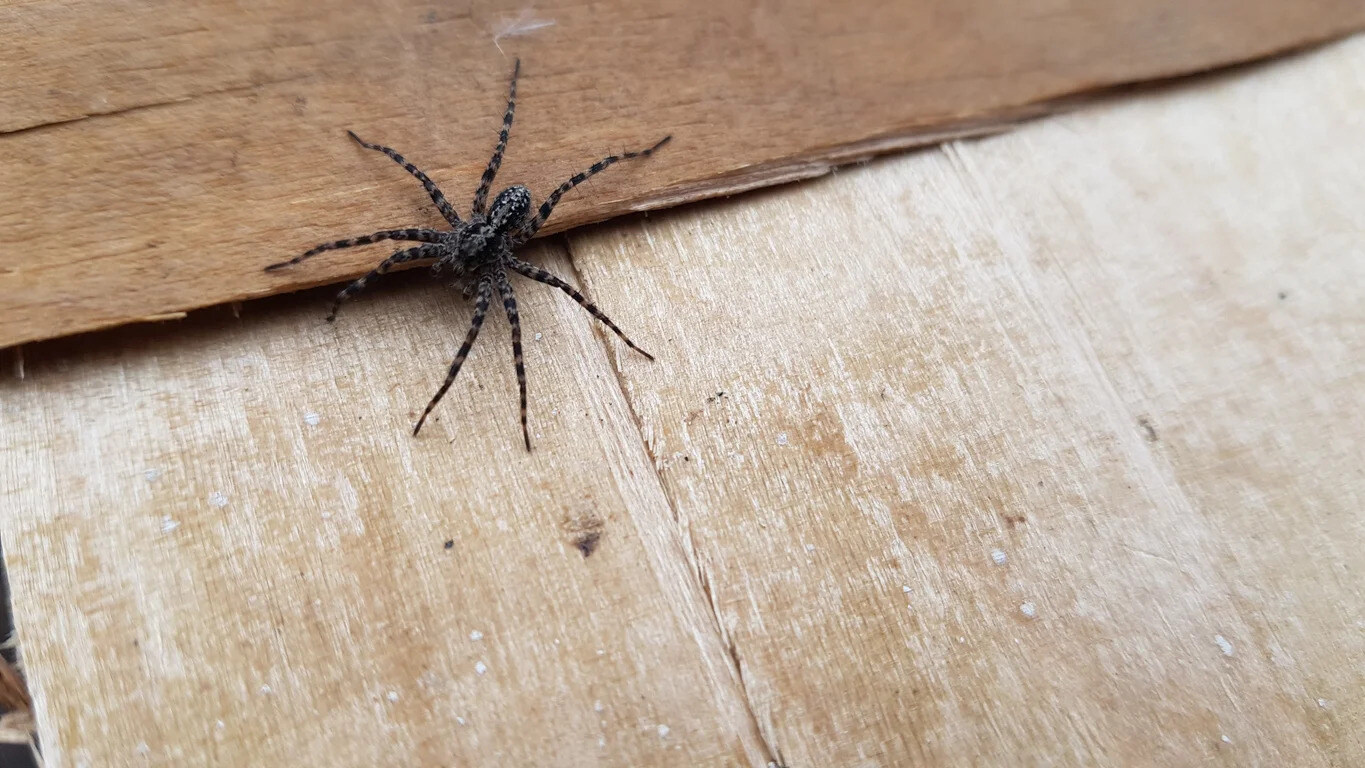
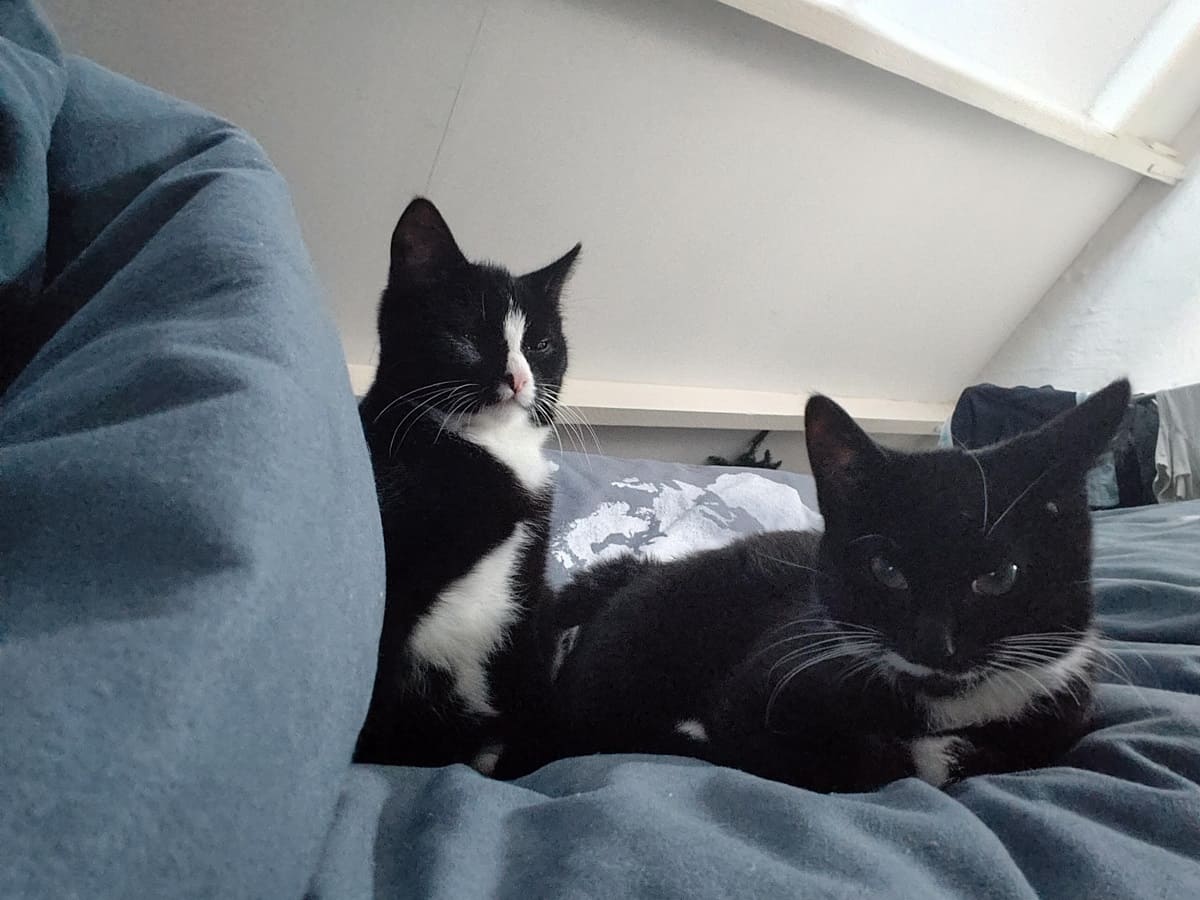
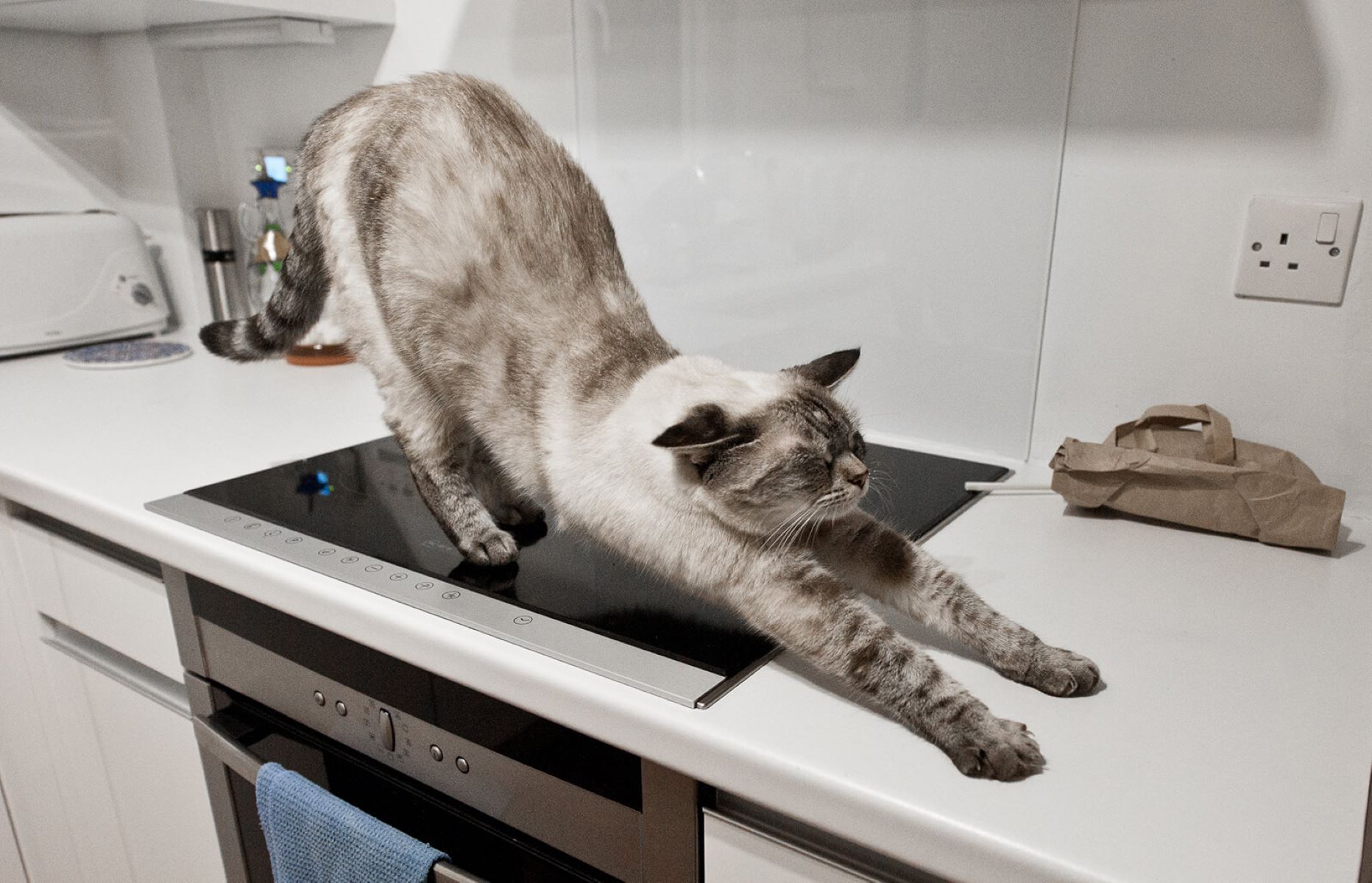

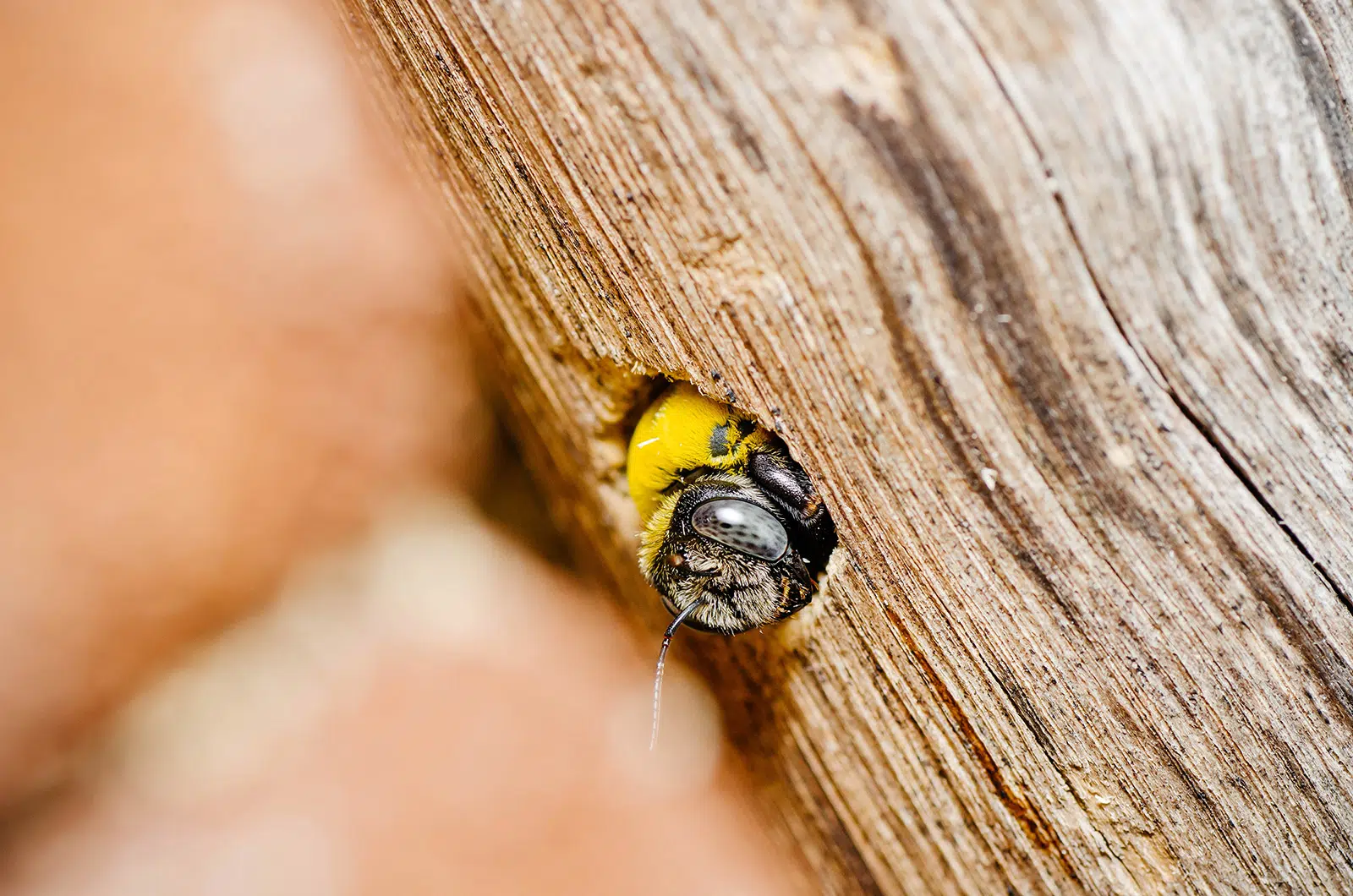
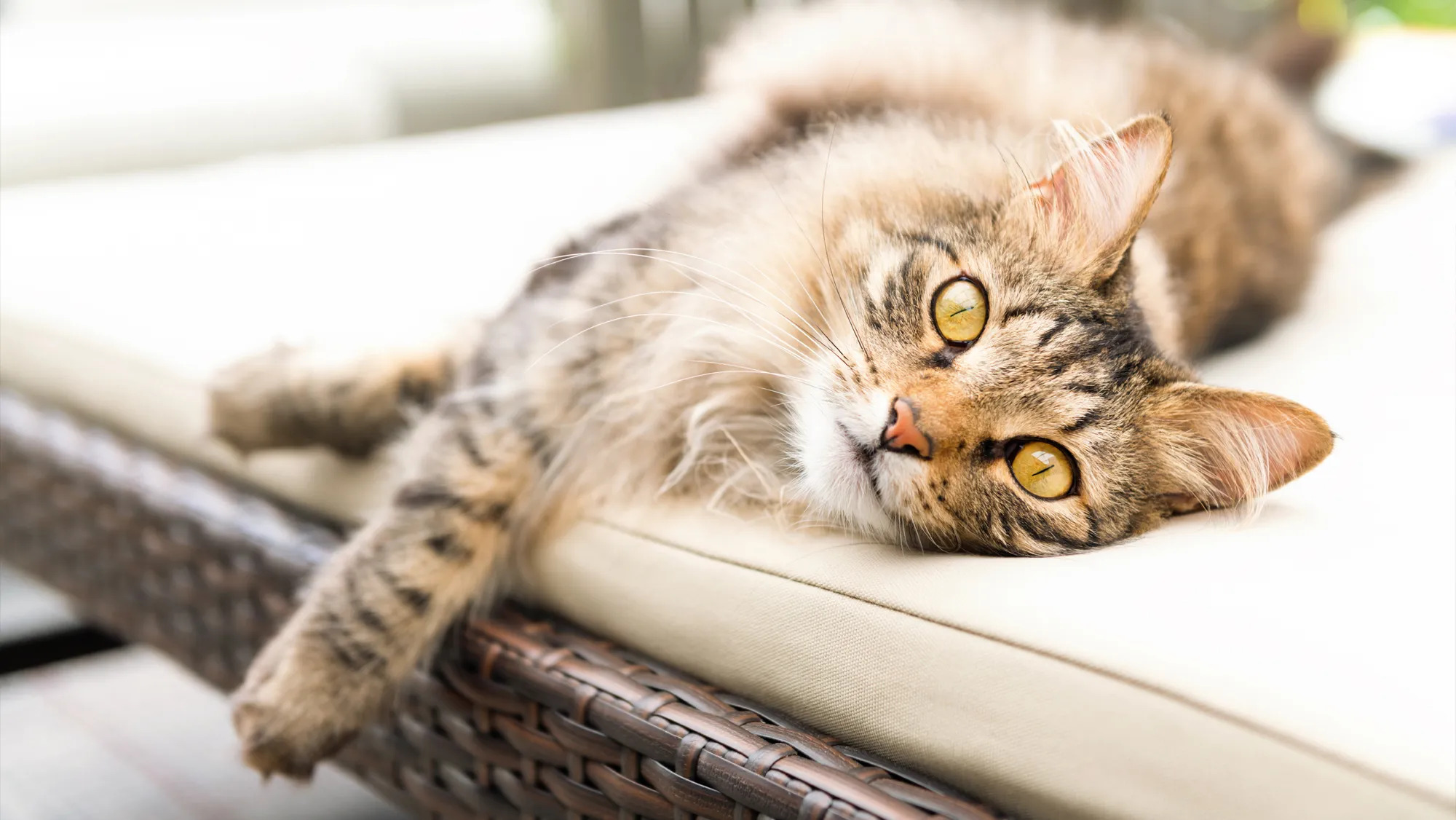

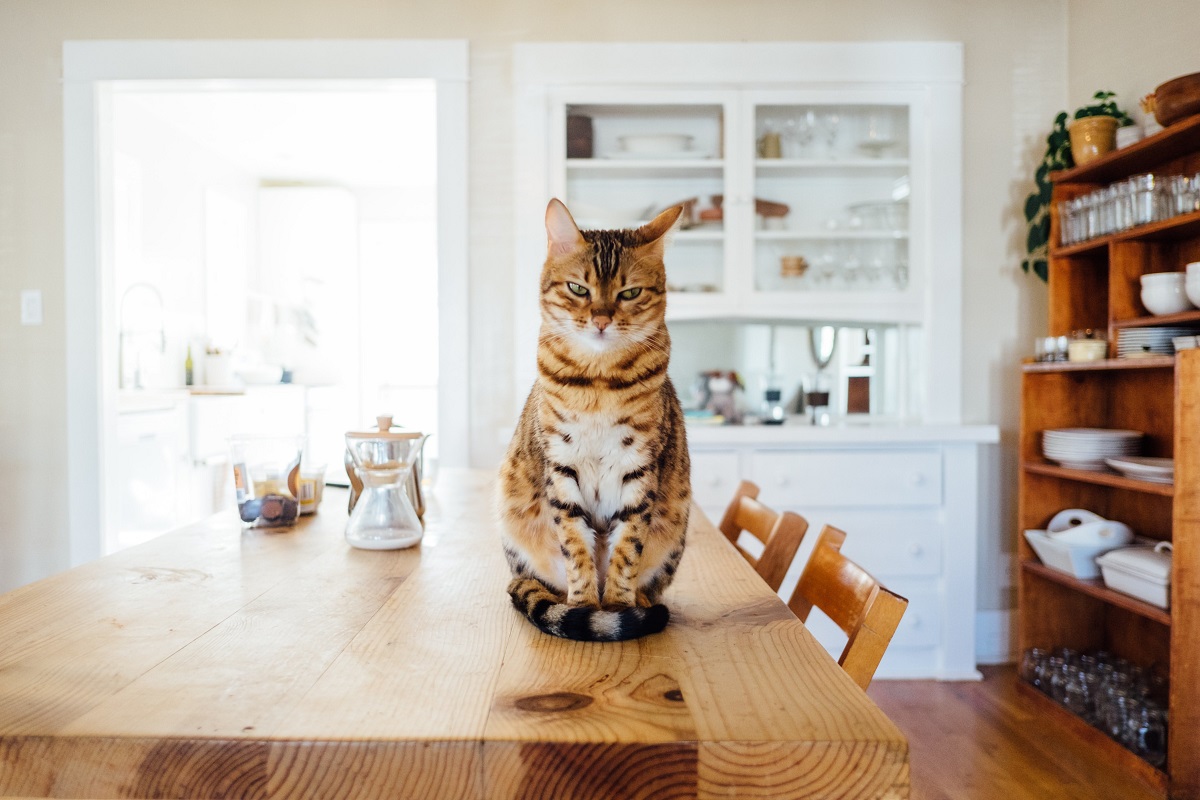


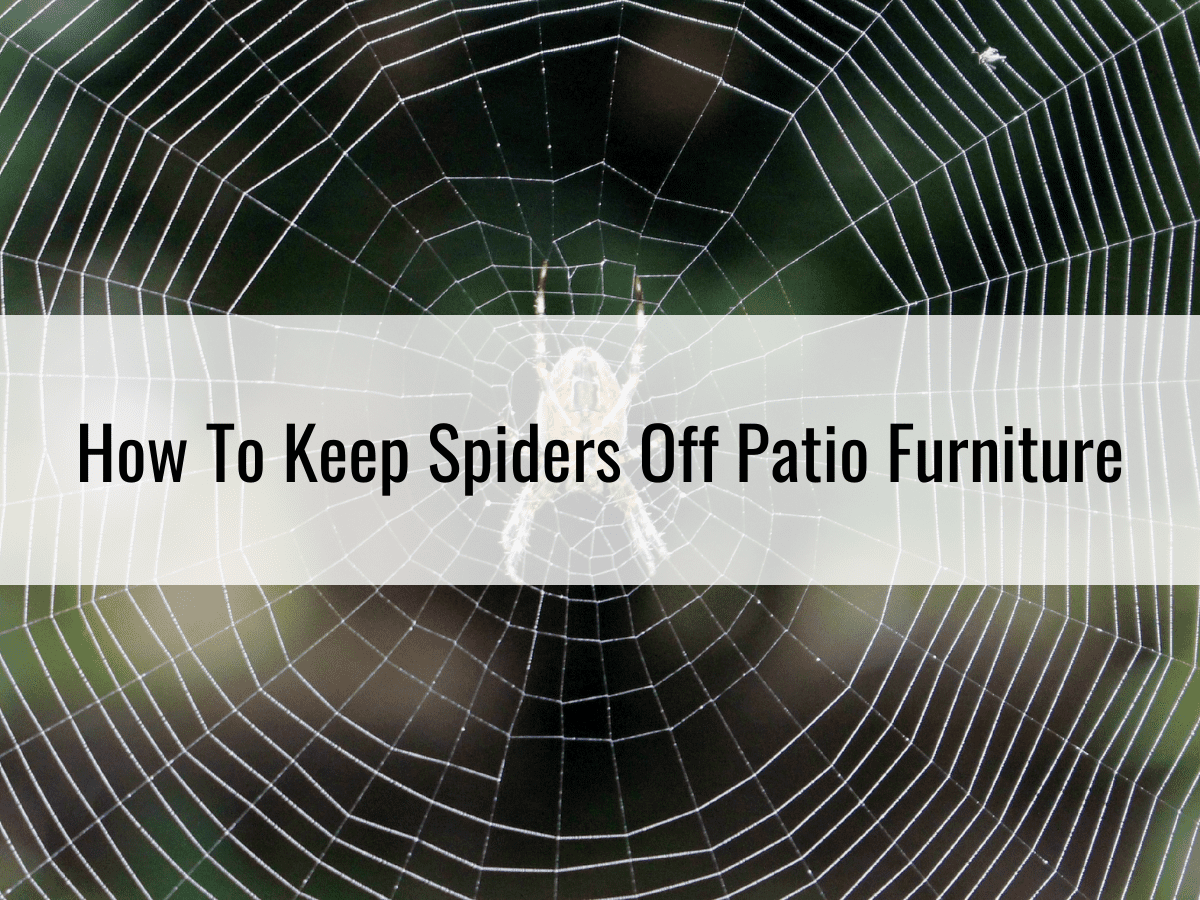
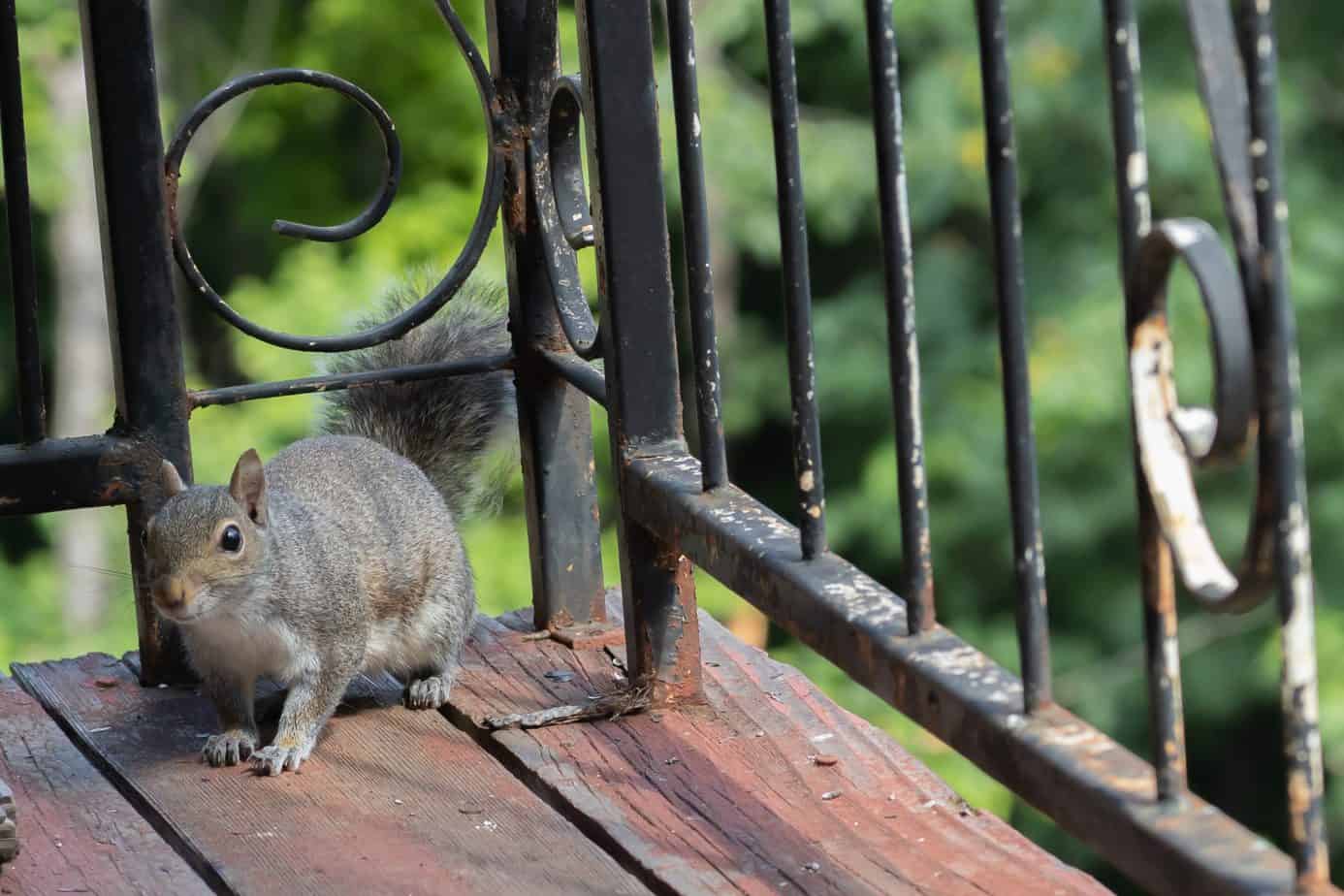
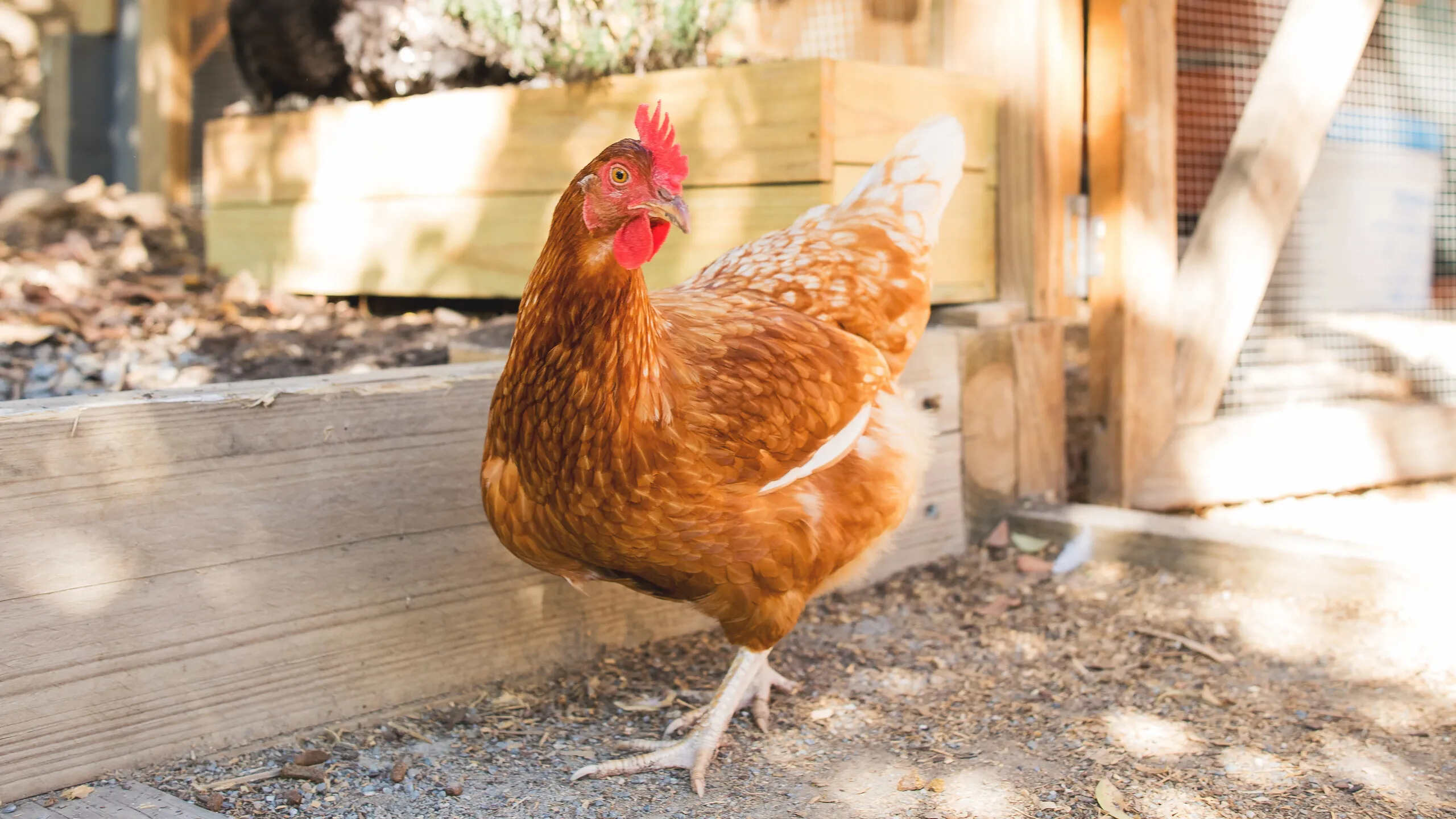

0 thoughts on “How To Keep Cats Off My Patio”